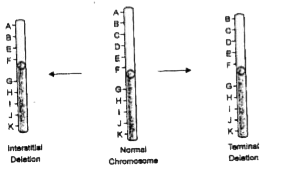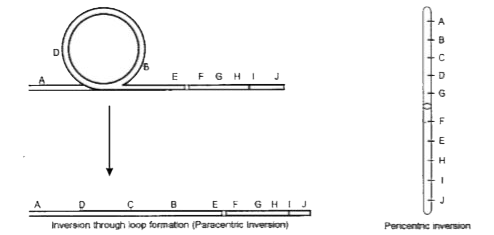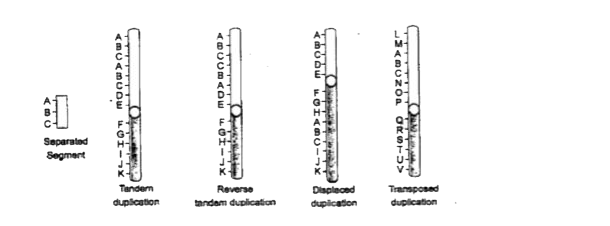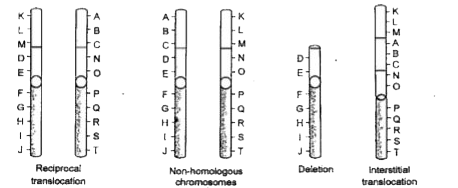Text Solution
Verified by Experts
|
Topper's Solved these Questions
PRINCIPLES OF INHERITANCE AND VARIATION
BETTER CHOICE PUBLICATION|Exercise SHORT ANSWER TYPE QUESTIONS |66 VideosView PlaylistPRINCIPLES AND PROCESSES IN BIOTECHNOLOGY
BETTER CHOICE PUBLICATION|Exercise LONG ANSWER TYPE QUESTIONS|16 VideosView PlaylistREPRODUCTION IN ORGANISMS
BETTER CHOICE PUBLICATION|Exercise LONG ANSWER TYPE QUESTIONS (5 MARKS)|11 VideosView Playlist
Similar Questions
Explore conceptually related problems
BETTER CHOICE PUBLICATION-PRINCIPLES OF INHERITANCE AND VARIATION -LONG ANSWER TYPE QUESTIONS
- Define crossing over. Explain its types. Also discuss its mechanism.
Text Solution
|
Play - Define mutation.
01:56
|
Play - Describe in detail chromosomal mutations.
02:57
|
Playing Now - Define pleiotropy.Explain pleiotropy with suitable example.
03:06
|
Play - What are induced mutations ? Write about physical and chemical mutagen...
03:30
|
Play - Describe chemical and physical mutagens to bring about mutations.
05:17
|
Play - Define gene mutation
02:16
|
Play - Explain in detail about the types of gene mutations.
06:39
|
Play - Give two reasons why Mendel chose garden pea for his experiments? Give...
01:12
|
Play - List any four symptoms of Down's syndrome. What is the basis of this d...
01:21
|
Play - Study the given pedigree chart and answer the questions that follow. ...
04:32
|
Play - Study the given pedigree chart and answer the questions that follow. ...
04:32
|
Play - Study the given pedigree chart and answer the questions that follow. ...
04:42
|
Play - A dihybrid heterozygous round, yellow seeded garden pea was crossed wi...
01:05
|
Play - A dihybrid heterozygous round, yellow seeded garden pea was crossed wi...
01:52
|
Play - A dihybrid heterozygous round, yellow seeded garden pea was crossed wi...
01:12
|
Play - Study the given pedigree chart and answer the questions that follow. ...
00:54
|
Play - Study the given pedigree chart and answer the questions that follow. ...
01:06
|
Play - Study the given pedigree chart and answer the questions that follow. ...
01:10
|
Play - Explain the pattern of inheritance of haemophilia in humans. Why the p...
05:12
|
Play



